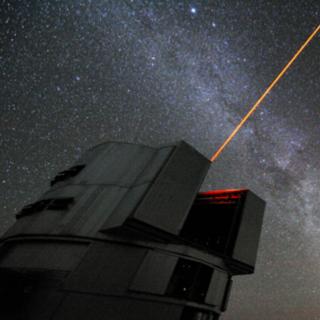Bibcode
Libralato, M.; Bedin, L. R.; Griggio, M.; Massari, D.; Anderson, J.; Cuillandre, J. -C.; Ferguson, A. M. N.; Lançon, A.; Larsen, S. S.; Schirmer, M.; Annibali, F.; Balbinot, E.; Dalessandro, E.; Erkal, D.; Kuzma, P. B.; Saifollahi, T.; Verdoes Kleijn, G.; Kümmel, M.; Nakajima, R.; Correnti, M.; Battaglia, G.; Altieri, B.; Amara, A.; Andreon, S.; Baccigalupi, C.; Baldi, M.; Balestra, A.; Bardelli, S.; Basset, A.; Battaglia, P.; Bonino, D.; Branchini, E.; Brescia, M.; Brinchmann, J.; Caillat, A.; Camera, S.; Capobianco, V.; Carbone, C.; Carretero, J.; Casas, S.; Castellano, M.; Castignani, G.; Cavuoti, S.; Cimatti, A.; Colodro-Conde, C.; Congedo, G.; Conselice, C. J.; Conversi, L.; Copin, Y.; Courbin, F.; Courtois, H. M.; Cropper, M.; Da Silva, A.; Degaudenzi, H.; De Lucia, G.; Dinis, J.; Dubath, F.; Dupac, X.; Dusini, S.; Fabricius, M.; Farina, M.; Farrens, S.; Faustini, F.; Ferriol, S.; Fosalba, P.; Frailis, M.; Franceschi, E.; Fumana, M.; Galeotta, S.; Garilli, B.; George, K.; Gillard, W.; Gillis, B.; Giocoli, C.; Gómez-Alvarez, P.; Grazian, A.; Grupp, F.; Guzzo, L.; Haugan, S. V. H.; Hoar, J.; Hoekstra, H.; Holmes, W.; Hormuth, F.; Hornstrup, A.; Hudelot, P.; Jahnke, K.; Jhabvala, M.; Keihänen, E.; Kermiche, S.; Kiessling, A.; Kilbinger, M.; Kubik, B.; Kunz, M.; Kurki-Suonio, H.; Laureijs, R.; Le Mignant, D.; Ligori, S.; Lilje, P. B.; Lindholm, V.; Lloro, I. et al.
Referencia bibliográfica
Astronomy and Astrophysics
Fecha de publicación:
12
2024
Revista
Número de citas
6
Número de citas referidas
4
Descripción
The instruments at the focus of the Euclid space observatory offer superb, diffraction-limited imaging over an unprecedented (from space) wide field of view of 0.57 deg2. This exquisite image quality has the potential to produce high-precision astrometry for point sources once the undersampling of Euclid's cameras is taken into account by means of accurate, effective point spread function (ePSF) modelling. We present a complex, detailed workflow to simultaneously solve for the geometric distortion (GD) and model the undersampled ePSFs of the Euclid detectors. Our procedure was successfully developed and tested with data from the Early Release Observations (ERO) programme focused on the nearby globular cluster NGC 6397. Our final one-dimensional astrometric precision for a well-measured star just below saturation is 0.7 mas (0.007 pixel) for the Visible Instrument (VIS) and 3 mas (0.01 pixel) for the Near-Infrared Spectrometer and Photometer (NISP). Finally, we present a specific scientific application of this high-precision astrometry: the combination of Euclid and Gaia data to compute proper motions and study the internal kinematics of NGC 6397. Future work, when more data become available, will allow for a better characterisation of the ePSFs and GD corrections that are derived here, along with assessment of their temporal stability, and their dependencies on the spectral energy distribution of the sources as seen through the wide-band filters of Euclid.
Proyectos relacionados

Evolución Galáctica en el Grupo Local
La formación y evolución de galaxias es un problema fundamental en Astrofísica. Su estudio requiere “viajar atrás en el tiempo”, para lo cual hay dos enfoques complementarios. El mas extendido consiste en analizar las propiedades de las galaxias a diferentes distancias cosmológicas. Nuestro equipo se concentra en el otro enfoque, denominado
Emma
Fernández Alvar